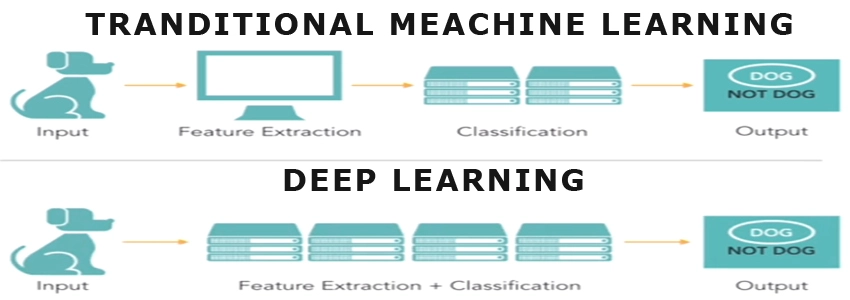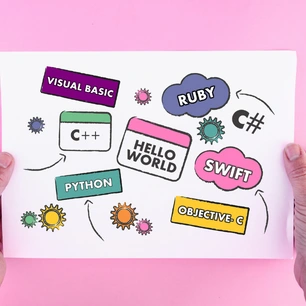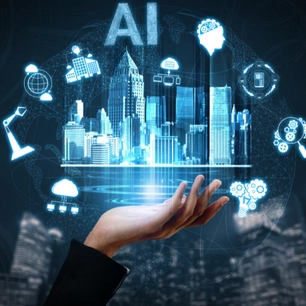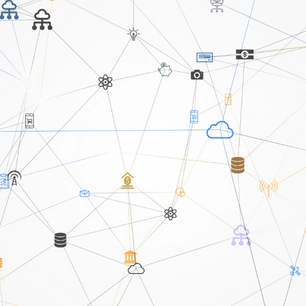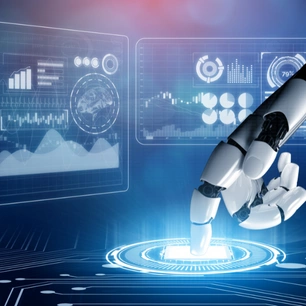When deciding to use machine learning or deep learning for a particular application, it is important to understand the key differences between the two techniques. While machine learning algorithms require feature engineering, deep learning algorithms do not. In addition, some features may be related to each other, which can lead to biased analysis. Furthermore, machine learning algorithms work well with small or medium-sized data and short training times, whereas deep learning algorithms work best with large datasets. These algorithms can both solve simple and complex problems, but they differ significantly in their training times.
Transfer learning
Transfer learning is using an existing model to build a new one. This can involve using the entire model or part of it and sometimes includes tuning the model to input-output data. This is a common process in the field of deep learning. For example, this process can help you create a new model in predictive modeling with image data.
In the transfer learning process, one must first determine what needs to be transferred. This is usually dependent on the domain and task. For example, a movie review classifier would have a different distribution of movie reviews than a product review classifier.
Neural networks
A neural network is a type of machine learning algorithm that can be used for various tasks. A neural network uses several layers, known as nodes. These layers are connected by weights, and their inputs and outputs are compared. The weights determine how the network classifies data.
Neural networks are based on interpreting numerical patterns, translating vectors, and classifying data based on similarities. In this way, they are able to adapt to changing output patterns. A neural network can be trained using both supervised and unsupervised learning methods.
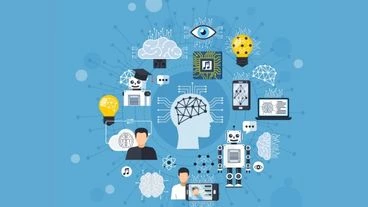
Automated classification of images
Machines are becoming more efficient at automatically classifying images. While manually categorizing images might be tedious, using computer vision can significantly increase your efficiency. There are two basic types of image classification: multiclass classification and binary classification. These algorithms are based on a combination of statistical and machine learning techniques.
In supervised classification, the user selects sample pixels representative of a particular class. Then, the software can use these pixels as training sites, otherwise known as training sets. The user can then designate how many pixels are in each class and specify the bounds for these pixels based on his or her knowledge.
ANNs
Machine learning and deep learning are two different approaches to computer programming. Deep learning is also called supervised learning. A deep learning algorithm has many processing layers. These layers apply nonlinear transformations to input data and use the learned information to create a statistical model. This process is repeated until the output is accurate enough. Deep learning systems need more powerful hardware than machine learning programs, which can run on lower-end machines.
Both machine learning and deep learning are subsets of artificial intelligence. They work to train machines to do tasks that were previously done by humans. While machine learning models improve as they are fed new data, deep learning requires less ongoing human interaction. Deep learning models can analyze unstructured data, including images and videos.
Graph theory
Graph theory is a mathematical concept that models relationships between objects. It uses nodes and edges to represent information. Each node is connected to the next one by a set of edges. Some graphs are directed, while others are undirected. Graphs are also based on multiple features or weights.
Graphs can be extremely complex and are used to model complex real-world problems, such as the structure of social networks. These graphs contain rich relational information, making them difficult for standard machine learning methods to model.
Neural network architecture
Neural networks are artificial intelligence (AI) systems that combine several methods. The basic principle behind these models is that input data travels through layers of artificial neurons. Each node is connected to all other neurons in its layer. A fully connected neural network contains input and output layers and multiple hidden layers. This architecture also features bi-directional propagation.
The feedforward neural network is the most common type of neural network architecture. In this network, the first layer is the input, and the last layer is the output. The middle layers are hidden. Another type of neural network architecture is recurrent neural networks (RNNs). Recurrent networks are a collection of ANNs that form a directed graph over time. The result is dynamic behavior. Symmetrically connected neural networks are similar to recurrent ones. The difference is that they use the same weight in both directions.
